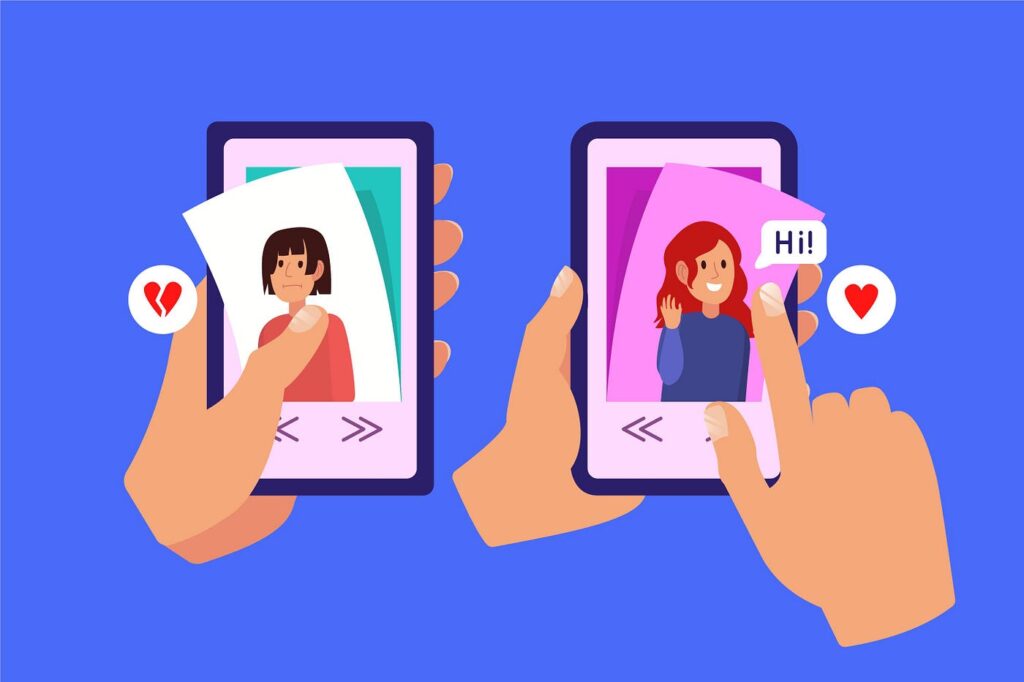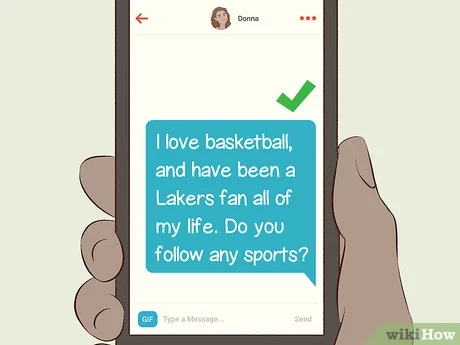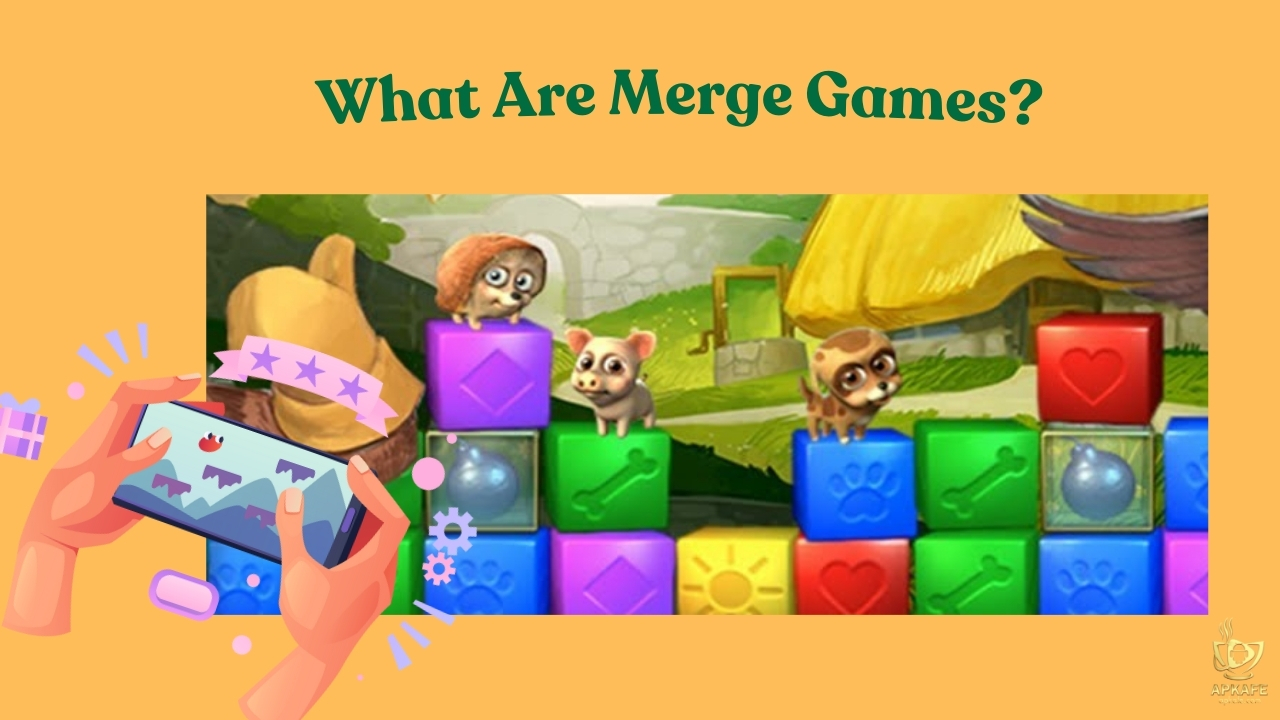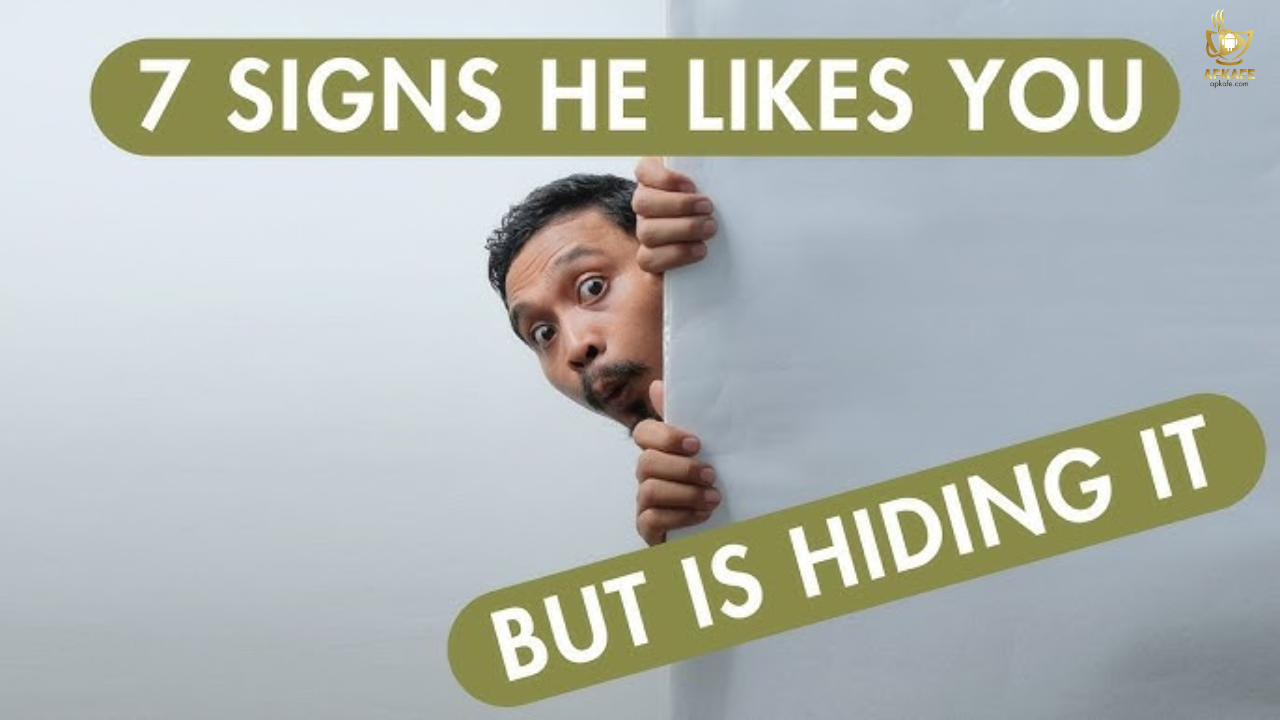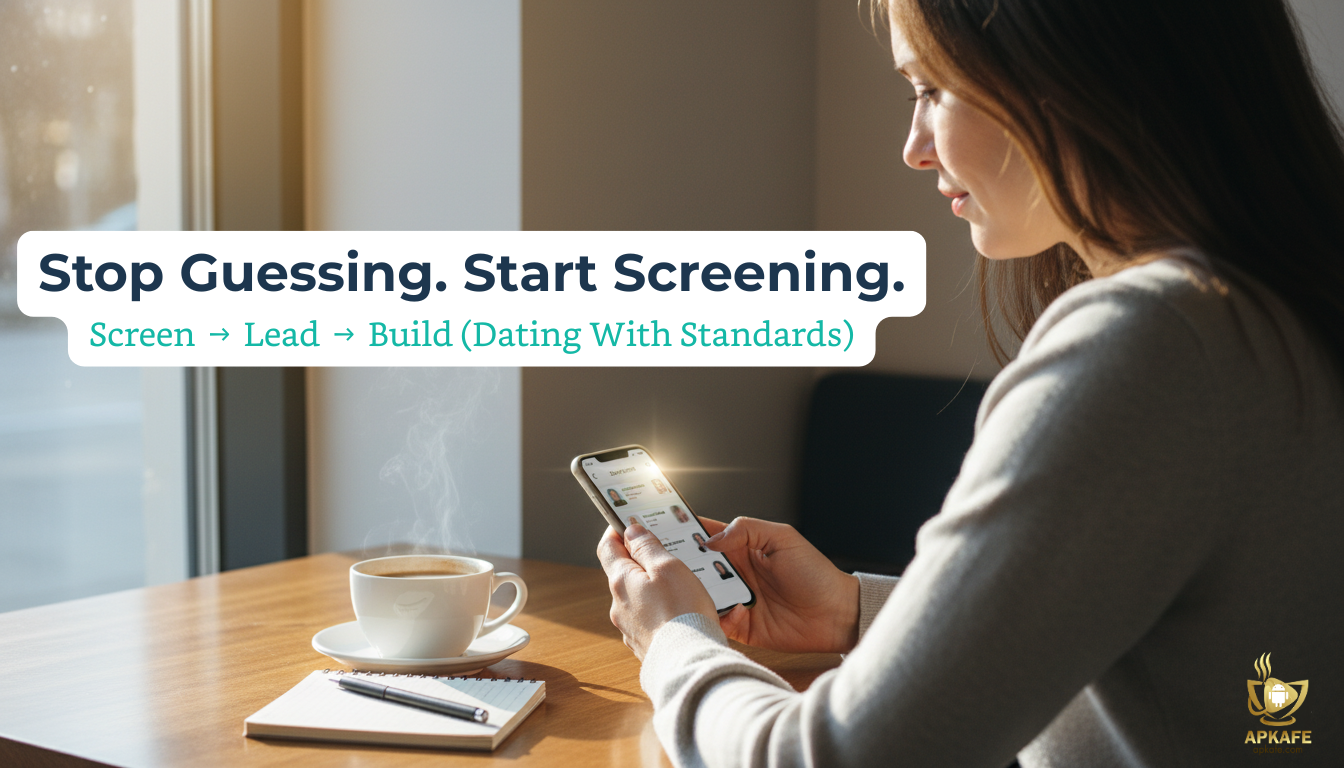Tinder in Real Life: Turning Online Skills into Real Connections
Swiping right isn’t just for dating apps anymore. Imagine taking the strategies that work on Tinder—confidence, conversation starters, and making a great first impression—and applying them in the real world. Whether you’re looking for romance, friendship, or simply better interactions, this guide will help you connect naturally and leave a lasting impression.
Introduction
Have you ever wondered what it would be like to bring the magic of Tinder into real life? Swiping through profiles online teaches us a lot about how we present ourselves and interact. But what if you could master these skills offline, making real-world connections easier, smoother, and more successful?
In this guide, we’ll explore practical ways to translate the strategies you’ve used on Tinder into face-to-face situations. From starting conversations with confidence to reading non-verbal cues, we’ve got all the tips you need to level up your social skills and make meaningful connections wherever you go.
👉 Ready to boost your dating game? Start with crafting the perfect Tinder bio or learning conversation openers in our detailed guides!

What Does “Tinder in Real Life” Mean?
Applying Tinder’s principles to real-life interactions means using the same strategies you’d employ on the app—like presenting your best self, being approachable, and confidently starting conversations—in face-to-face settings. It’s about translating what works online into social skills that make a great impression offline.
Key Elements of “Tinder in Real Life”:
- First Impressions Matter:
- On Tinder: Your profile picture catches attention.
- In real life: Your clothing, posture, and overall energy do the same. Dress to reflect your personality and occasion, and exude confidence through body language.
- The Perfect Bio Equals a Great Introduction:
- On Tinder: Your bio shares a glimpse of your interests and humor.
- In real life: A warm introduction that highlights your passions or quirks creates intrigue and rapport. For example, instead of saying “Hi, I’m Sam,” try “Hi, I’m Sam! I love hiking and can’t resist a good coffee chat.”
- Swiping as Decision-Making:
- On Tinder: You swipe based on profiles.
- In real life: You assess compatibility through non-verbal cues and initial conversations. Make quick judgments, but stay open-minded.

Examples of Real-Life Tinder Skills in Action:
- Choosing the Right Setting: Similar to how you swipe based on proximity, pick social settings that align with your goals, whether it’s networking, friendship, or dating.
- Using Humor Effectively: Just as a witty Tinder message grabs attention, a well-timed joke or playful comment can break the ice in real-life interactions.
Why It Works:
Applying Tinder-like strategies in real life helps you connect faster, appear more approachable, and stand out in a crowd. With practice, you’ll gain confidence, whether you’re at a party, networking event, or even in line at a coffee shop.
👉 Want to refine your introduction skills? Check out our guide on crafting the perfect bio for Tinder for guys…
How to Create Real-Life Matches
Creating real-life connections is all about applying the principles of attraction and engagement you use online into everyday situations. Whether it’s your first impression, how you present yourself, or the conversations you initiate, each step plays a crucial role in forming meaningful connections.
1. First Impressions Matter
Your real-life equivalent to a Tinder profile picture is how you look and carry yourself. These small details create an immediate impact:
- Dress for the Occasion: Choose outfits that represent your personality while fitting the setting.
- Body Language: Stand tall, make eye contact, and keep an open posture.
- Smile: A warm smile is universally inviting and shows approachability.
💡 Tip: Confidence speaks louder than words. Even if you’re nervous, projecting confidence can make all the difference.
2. Crafting Your Real-Life Bio
Your introduction should be just as compelling as a Tinder bio—brief, interesting, and reflective of who you are.
- What to Say: Highlight hobbies or quirks.
- Example: “Hi, I’m Alex! I’m into hiking and love discovering new coffee spots.”
- Be Playful: Add a touch of humor or curiosity.
- Example: “Hi, I’m Alex! I’m on a quest to find the best croissant in town—any recommendations?”
💡 Tip: Tailor your introduction based on the context. Whether it’s at a party or a coffee shop, make it relevant to your surroundings.
3. Engaging Conversations
Just like starting a conversation on Tinder, a real-life opener should pique interest and encourage interaction.
- Use Open-Ended Questions:
- Example: “That’s a great book you’re reading! What’s it about?”
- Why It Works: It invites a response and keeps the conversation flowing.
- Make Observations:
- Example: “This playlist is awesome—do you know who’s playing?”
- Why It Works: It’s casual, situational, and easy to respond to.
- Be Genuinely Curious:
- Example: “You seem like someone who’s always up for an adventure. What’s the most exciting trip you’ve been on?”
💡 Tip: Active listening is key. Respond thoughtfully to what the other person says to show genuine interest.
👉 Related Reading: Learn how to build a Tinder Profile using Tinder profile templates
Tinder Strategies Applied Offline
Taking the principles of Tinder and applying them to real-life situations can make connecting with others easier and more natural. From taking chances to observing details, here’s how to translate Tinder’s strategies into everyday encounters:
1. Swiping Right = Taking Chances
On Tinder, swiping right shows interest; in real life, this translates to taking the initiative to start a conversation.
- Try This: Strike up a conversation with someone who catches your eye at a coffee shop, bookstore, or gym.
- Example: “Hey, I couldn’t help but notice your book—what’s it about?”
- Why It Works: Taking action shows confidence and opens the door to new connections.
💡 Pro Tip: Rejection is part of the game, both online and offline. Brush it off and keep going—you’ll find the right match eventually.
2. Super Like = Showing Extra Interest
On Tinder, a Super Like signals heightened interest. In real life, this means going beyond generic compliments to show genuine appreciation.
- How to Do It: Compliment something specific and meaningful.
- Example: “Your choice of sneakers is awesome—are they from [brand]? They really suit your style!”
- Why It Works: Being specific makes your interest feel genuine rather than rehearsed.
💡 Pro Tip: Avoid overdoing it. Being too intense can come across as insincere.
3. Bio Reading = Observing Details
On Tinder, you check out someone’s bio to learn about them. In real life, you can observe their surroundings, actions, or attire to gather insights.
- How to Use It:
- Notice their coffee order: “I see you’re a matcha fan! Do you have a favorite café in town?”
- Spot a unique accessory: “Your scarf has such a cool pattern—where did you get it?”
- Why It Works: Picking up on these details shows attentiveness and makes your approach feel natural.
💡 Pro Tip: Be observant but not intrusive. Respect their personal space and read their cues before engaging further.
Real-Life Examples of Tinder Success Offline
Connecting in real life using Tinder-inspired strategies can lead to meaningful relationships. Here are stories of people who successfully built connections offline by applying these principles:
1. A Coffee Shop Conversation Turned Into a Marriage
Anna, 29, was waiting for her latte when she noticed a man reading her favorite book. Inspired by Tinder’s emphasis on bios and shared interests, she approached him.
- What She Said: “I love that book! Have you gotten to the twist yet?”
- Outcome: Their shared love for literature turned into a two-hour conversation. Today, they’re happily married.
💡 Tip: Observing small details, like the book someone is reading, can lead to deeper connections.
2. From Gym Buddies to Life Partners
Jake, 32, always noticed a woman at his gym who seemed equally passionate about fitness. Instead of swiping right, he decided to use a “Tinder in real life” strategy by complimenting her dedication.
- What He Said: “I see you here every morning—you must be training for something big. What’s your goal?”
- Outcome: That simple comment led to weekly workout sessions together, which blossomed into a relationship.
💡 Tip: Complimenting someone’s effort or passion can be a great way to start an authentic conversation.
3. A Chance Encounter at a Music Festival
Sophie, 25, and Matt, 27, met at a music festival when Sophie noticed Matt wearing a band T-shirt from her favorite artist. Taking a cue from Tinder’s bio-reading strategy, she approached him.
- What She Said: “I didn’t think anyone else here was into that band! What’s your favorite song?”
- Outcome: Their shared taste in music sparked an instant connection, leading to months of concert-hopping together.
💡 Tip: Being attentive to shared interests can open the door to exciting connections.
These real-life success stories show that applying Tinder principles—such as observing details, showing genuine interest, and taking initiative—can create meaningful connections offline.
Mistakes to Avoid When Using Tinder Strategies Offline
Transitioning Tinder tactics to real-life interactions can be highly effective, but it’s essential to avoid common pitfalls that can derail your efforts. Here’s what to watch out for:
1. Being Overly Aggressive
While enthusiasm is great, coming on too strong can overwhelm the other person.
- Example Mistake: Jumping into deep personal questions within the first few minutes of the meeting.
- Better Approach: Start with a casual and open-ended comment, like, “This place has great energy, don’t you think?”
💡 Tip: Give them space to respond and guide the conversation organically.
2. Ignoring Social Cues
Not everyone will be open to engaging in conversation. Failing to recognize disinterest can make interactions uncomfortable.
- Example Mistake: Continuing to chat when they seem distracted or disengaged (e.g., looking at their phone or giving one-word answers).
- Better Approach: Respect subtle cues like lack of eye contact or body language indicating disinterest.
👉 For more on reading social signals, check out How to Keep a Tinder Chat Going.
3. Focusing Solely on Appearance
While physical attraction plays a role, basing your approach solely on looks can come across as shallow.
- Example Mistake: Complimenting only their appearance without engaging on a deeper level.
- Better Approach: Pair a compliment with an observation, like, “You have a great sense of style! Your jacket reminds me of something I saw in a vintage shop.”
💡 Tip: Show genuine interest in their story, hobbies, or environment.
FAQs About Tinder in Real Life
1. Can Tinder strategies really work in real life?
Absolutely! Tinder’s core principles—like creating a great first impression and starting engaging conversations—are universally effective. The key is to adapt these strategies to face-to-face interactions while staying authentic.
2. How do I start a conversation naturally?
Start with an observation or compliment that connects to the setting or the person. For example:
- Observation: “That’s an interesting book you’re reading! What’s it about?”
- Compliment: “I really like your jacket—it’s so unique!”
💡 Pro Tip: Keep the tone light and open-ended to encourage a response.
3. What’s the best way to approach someone offline?
- Timing Matters: Wait for the right moment, like when they seem relaxed and not preoccupied.
- Confidence is Key: Approach with a smile and positive energy.
- Be Respectful: Always gauge their comfort level and be ready to step back if they’re not interested.
Conclusion
Taking Tinder strategies offline can significantly enhance your social and dating skills. By focusing on creating strong first impressions, engaging conversations, and genuine connections, you can transform everyday encounters into meaningful opportunities.
Why not try these tips today? Whether it’s a smile at a coffee shop or a friendly compliment at the gym, applying “Tinder in real life” could lead to your next great connection.
See more

